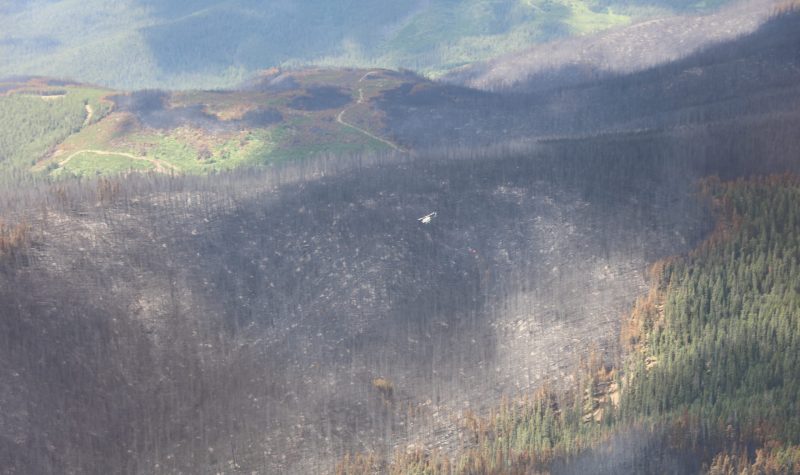Alberta's spring wildfire season continues to be one of its toughest on record.
According to Alberta Wildfire, 553 wildfires have burned 1,100,000 hectares of land in Alberta as of June 1, a land area that's almost twice the size of Prince Edward Island.
Conditions have damped across southern and central Alberta, helping aid firefighters on the ground and residents who were forced out of their homes. Conditions heading into June continue to be mild and lowering wildfire risks.
But in northern Alberta, it's a different story. Conditions have stayed dry in the north, and new wildfires have sprouted up and caused new evacuation orders, most notably with the remote community of Fort Chipewyan where a wildfire sparked over the weekend and grew rapidly.
"We were seeing increased fire activity in the Fort Chipewyan area, and I noted that an evacuation alert has been issued [earlier on Tuesday, May 30th]. That alert has since been upgraded to an evacuation order," said Bre Hutchinson, Executive Director of the Alberta Emergency Management Agency, during a press conference this week.
Hutchinson says that the order is in effect for the community of Fort Chipewyan, Mikisew Cree First Nation, Fort Chipewyan Metis Nation, and the Athabasca Chipewyan First Nation.
The Canadian Armed Forces have been assisting with the evacuation by lending a C-130 to transport community members to Fort McMurray. Others have left by boat down the Athabasca River towards Fort McKay and Fort McMurray. These are the only means of leaving, as Fort Chipewyan has no road access during the summer months.
As for the rest of the province, Josee St-Onge, Information Unit Manager with Alberta Wildfire says that they are making progress.
"We continue to make good progress on the wildfires in the central part of the province. Firefighters are making use of the cooler and wetter conditions to reinforce fire guards around communities, and to extend containment lines," St-Onge said.
This good news comes after lots of central Alberta communities, most notably Drayton Valley and Fox Creek, had to evacuate because of incoming wildfires throughout May. They've since been let back home as those fires were contained.
While tensions may have eased since a month prior, Hutchinson affirms that "the fire danger remains to be very high to extreme in some parts of the province, particularly in the northern region."
"I urge Albertans to stay vigilant, to continue to obey all fire bans and restrictions in place, and to continue to exercise caution and responsibility to help lessen the risk of further wildfires," Hutchinson added.
Listen to the full CFWE story below with Bre Hutchinson and Josee St-Onge:


